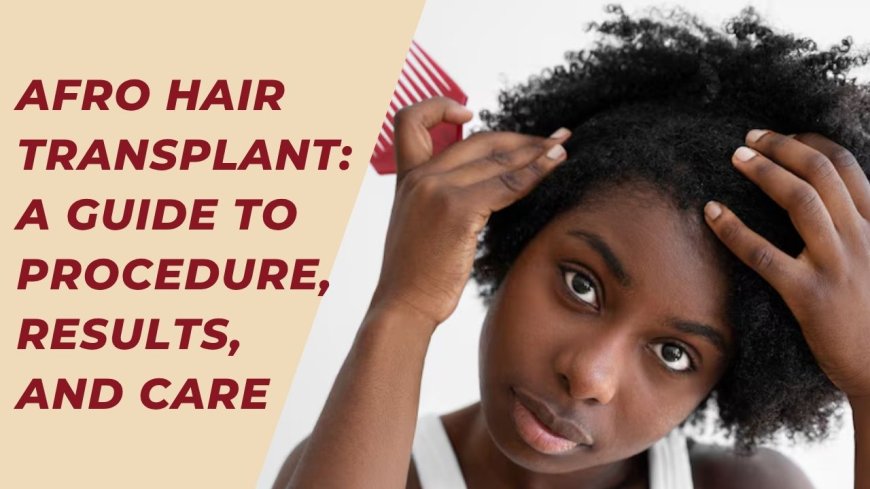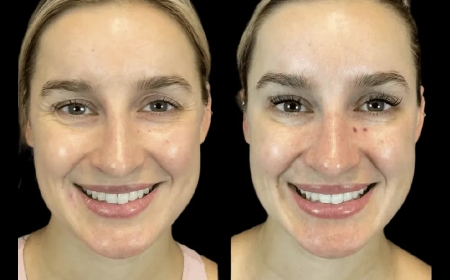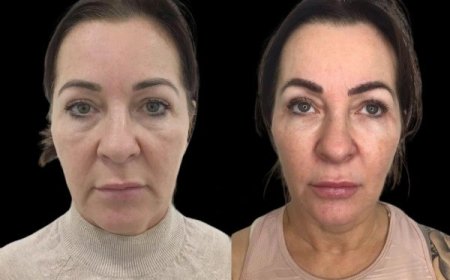Afro Hair Transplant: A Guide to Procedure, Results, and Care
Discover how Afro hair transplants work, including techniques, recovery, and results tailored to the unique needs of Afro-textured hair.

Hair loss is a deeply personal experience, and for individuals with Afro-textured hair, the journey to restoration comes with unique considerations. Afro hair has distinct characteristics that require a specialised approach in hair transplantation. Whether you're exploring the idea of a transplant or just starting your research, understanding the process, challenges, and care involved is essential.
This guide breaks down everything you need to know about Afro hair transplant—from how they work to what recovery looks like—so you can make informed choices with confidence.
What Is an Afro Hair Transplant?
An Afro hair transplant is a surgical technique designed to restore hair by transplanting follicles from one part of the scalp (usually the back or sides) to areas of thinning or baldness. While the concept is similar to hair transplants for other hair types, the execution differs significantly.
The key difference lies in managing the curl pattern of the hair and the condition of the hair follicle beneath the skin. Success depends not just on placing the hair where it’s missing but on ensuring it grows in the correct direction and retains its natural texture.
Candidates for an Afro hair transplant typically include those experiencing traction alopecia, male or female pattern baldness, or hair thinning due to other causes. A proper medical evaluation can help choose a suitable treatment.
Techniques Used in Afro Hair Transplants
The two primary strategies employed are Follicular Unit Extraction (FUE) and Follicular Unit Transplantation (FUT).
-
FUE involves removing unique hair follicles using a punch tool. It’s less invasive and leaves minimal scarring, but can be technically challenging for Afro hair due to the follicle’s curved shape.
-
FUT, also known as the strip approach, involves extracting a strip of scalp and dissecting it into individual follicular units. This technique may offer higher graft survival in some cases, but leaves a linear scar.
For Afro hair, the surgeon's familiarity with the texture and growth pattern is more important than the method used. Proper handling reduces the risk of follicle transection (cutting the follicle) and ensures natural-looking results.
Procedure: How an Afro Hair Transplant Works
An Afro hair transplant typically begins with a consultation to assess hair loss and select the most suitable approach. Once you're cleared for surgery, the chosen method—either Follicular Unit Extraction or Follicular Unit Transplantation—is used to harvest healthy hair follicles, usually from the back of the scalp. Due to the natural curl and curvature of Afro-textured follicles, special tools and techniques are often required to minimise damage during extraction. After harvesting, individual grafts are carefully prepared and implanted into the thinning or bald areas, following the realistic direction of hair growth to preserve texture and pattern. The entire process can take several hours, depending on the number of grafts. Local anaesthesia is used to ensure comfort. Once complete, the scalp is bandaged, and post-operative care instructions are delivered to support healing and optimise results.
What Results to Expect
After the procedure, the transplanted hairs typically fall out within 2–4 weeks—this is normal. New growth usually begins around the third or fourth month. By six months, noticeable changes appear, and full results are typically visible at the 12-month mark.
One of the biggest concerns for patients with Afro-textured hair is whether the natural curl will return. Fortunately, if the follicles are handled correctly, the new hair should grow back with the same texture and curl pattern as before.
That said, results vary from person to person depending on hair type, scalp health, and the number of grafts transplanted. While a transplant can improve density and reshape hairlines, it may not restore hair to its teenage fullness.
Post-Operative Care and Recovery
The first few days after surgery are primarily focused on healing. You might undergo some swelling, redness, or mild discomfort. Gentle washing and avoiding direct sun exposure are crucial during this period.
Here are a few care tips:
-
Avoid touching or scratching the transplanted area
-
Nap with your head elevated to decrease swelling
-
Follow your provider’s instructions on washing and moisturising the scalp
-
Stay away from strenuous activities for at least a week
After the initial healing, maintaining a healthy scalp is key. Moisturising, gentle cleansing, and topical treatments, such as minoxidil, may support ongoing hair growth.
Challenges and Risks
Afro hair transplants carry some specific risks. The curved follicles increase the risk of transection during extraction, which can result in poor graft survival. There's also a higher risk of keloid scarring, a type of raised scar that some individuals with darker skin tones are prone to.
These risks don’t render the procedure unsafe, but they do emphasise the importance of experience and precision. A skilled practitioner will know how to reduce the likelihood of complications and deliver more consistent results.
Final Thoughts
Afro hair transplants are not one-size-fits-all procedures. They require a thoughtful approach, an understanding of textured hair, and careful technique to preserve the integrity of the follicles and ensure natural results.
If you're considering this path, take your time to research, consult with qualified professionals, and fully understand the process. Hair restoration is a personal journey, and the more informed you are, the better your outcomes will be.











































